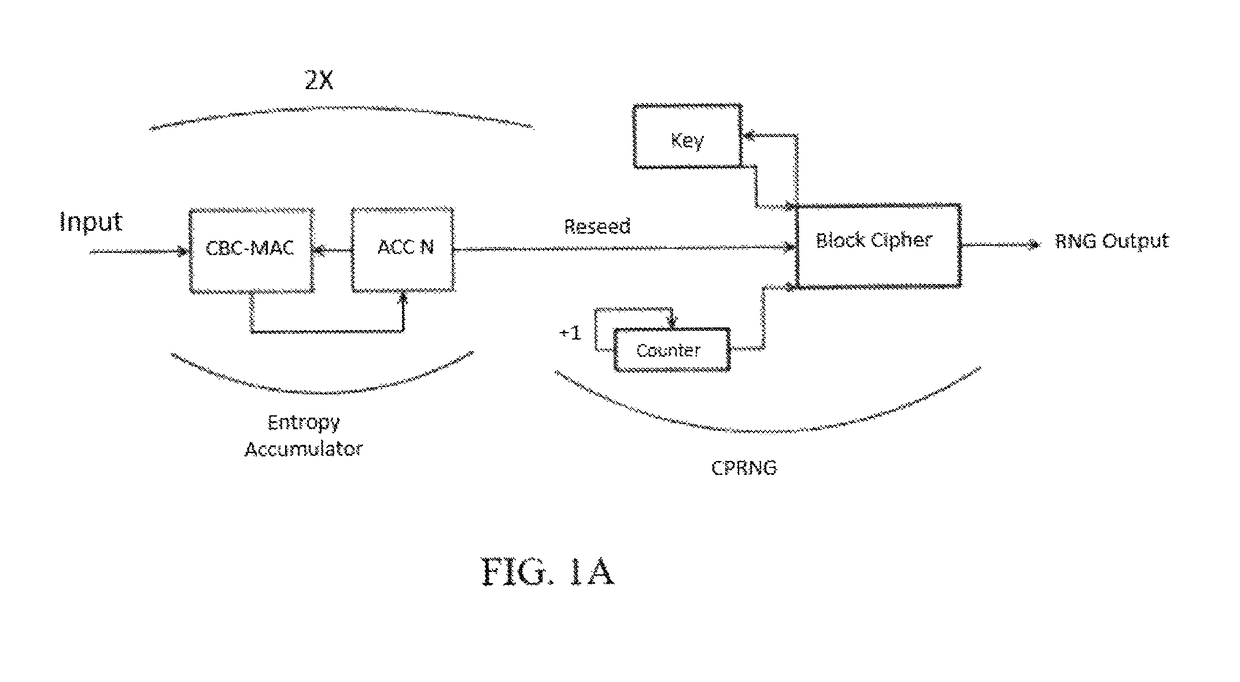Polymorphic one time pad matrix
a one-time pad and polymorphic technology, applied in the field of polymorphic one-time pad matrix, can solve the problems of disrupting communications, affecting the ability of the system to react, etc., and achieves the effect of increasing the effective size of the key space, simple and efficient cipher and key generation
- Summary
- Abstract
- Description
- Claims
- Application Information
AI Technical Summary
Benefits of technology
Problems solved by technology
Method used
Image
Examples
Embodiment Construction
CipherLoc® Polymorphic One Time Pad Matrix
[0032]Cryptography and cryptanalysis are processes for obscuring and revealing the information contained in a message. Recovering the message without knowing the original key is the objective of the cryptanalyst—and hackers.
[0033]CipherLoc® is the first truly Polymorphic Cipher Engine that can be used in commercial, security sensitive applications. Part of its encryption process slices each complete message into sub-messages and does not use just one cipher or one key. Part of that process requires that it randomly selects a cipher and key and uses them for each sub-message and continues in this manner until the entire message is encrypted. Key generation and cipher selection can be slow processes, if done sequentially.
[0034]In CipherLoc®, keys and key generation rely, in part, on what Whilhite teaches in US PG PUB No. 2005 / 0074118, herein incorporated by reference, which reads a data source, in that instance it is a network data stream, sel...
PUM
 Login to View More
Login to View More Abstract
Description
Claims
Application Information
 Login to View More
Login to View More - R&D
- Intellectual Property
- Life Sciences
- Materials
- Tech Scout
- Unparalleled Data Quality
- Higher Quality Content
- 60% Fewer Hallucinations
Browse by: Latest US Patents, China's latest patents, Technical Efficacy Thesaurus, Application Domain, Technology Topic, Popular Technical Reports.
© 2025 PatSnap. All rights reserved.Legal|Privacy policy|Modern Slavery Act Transparency Statement|Sitemap|About US| Contact US: help@patsnap.com



